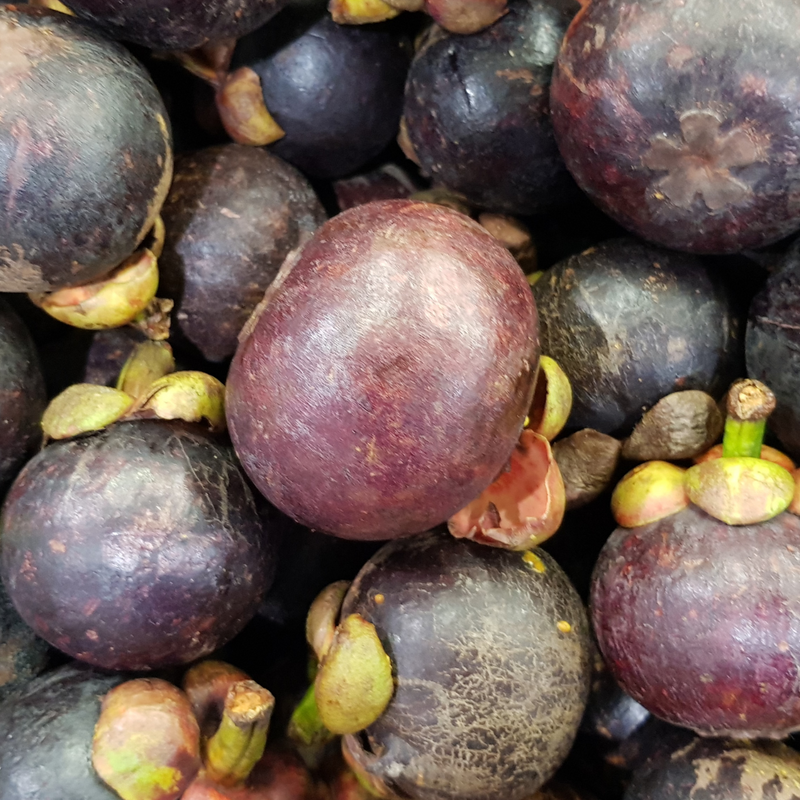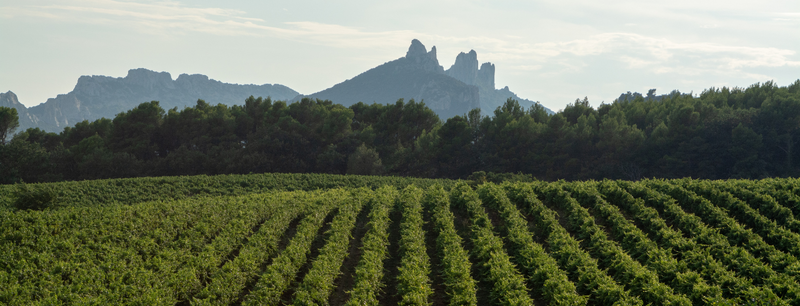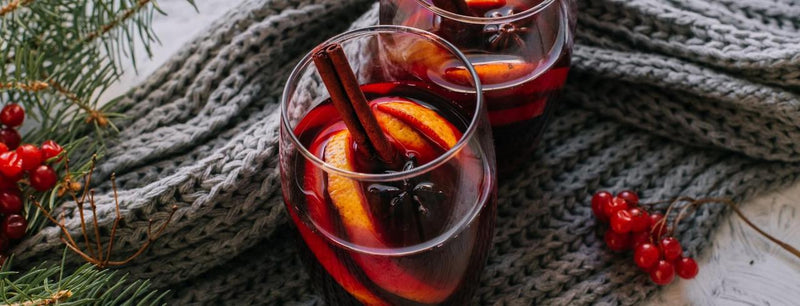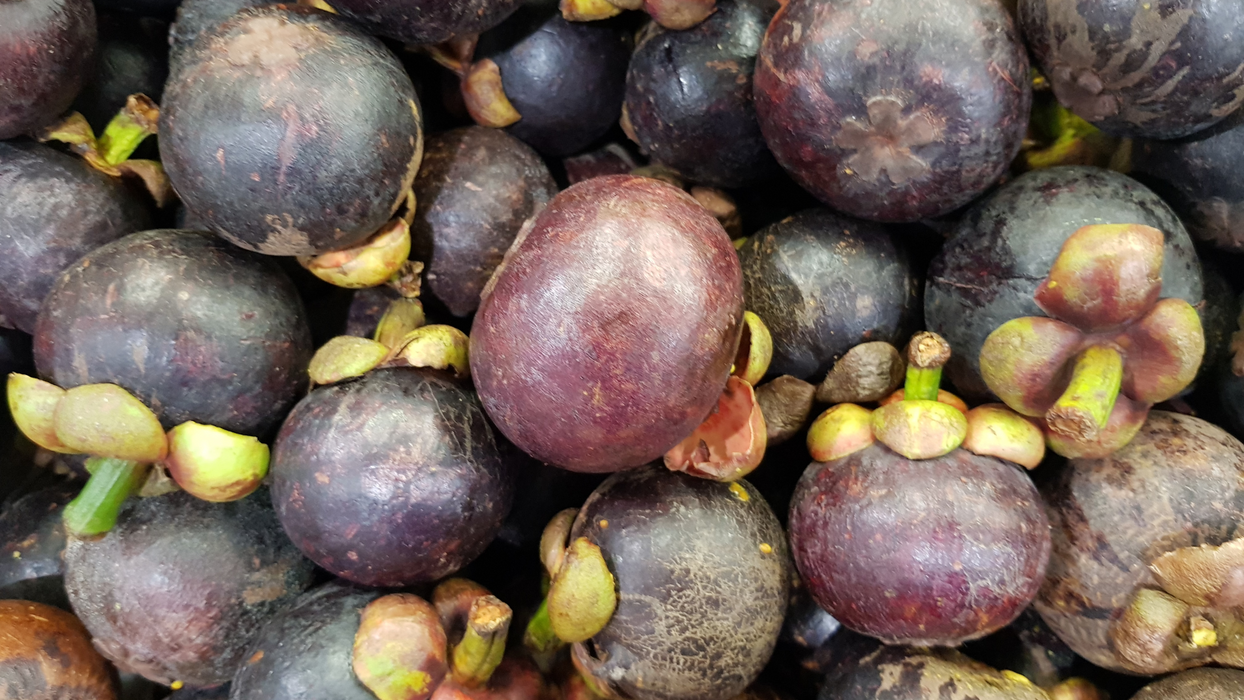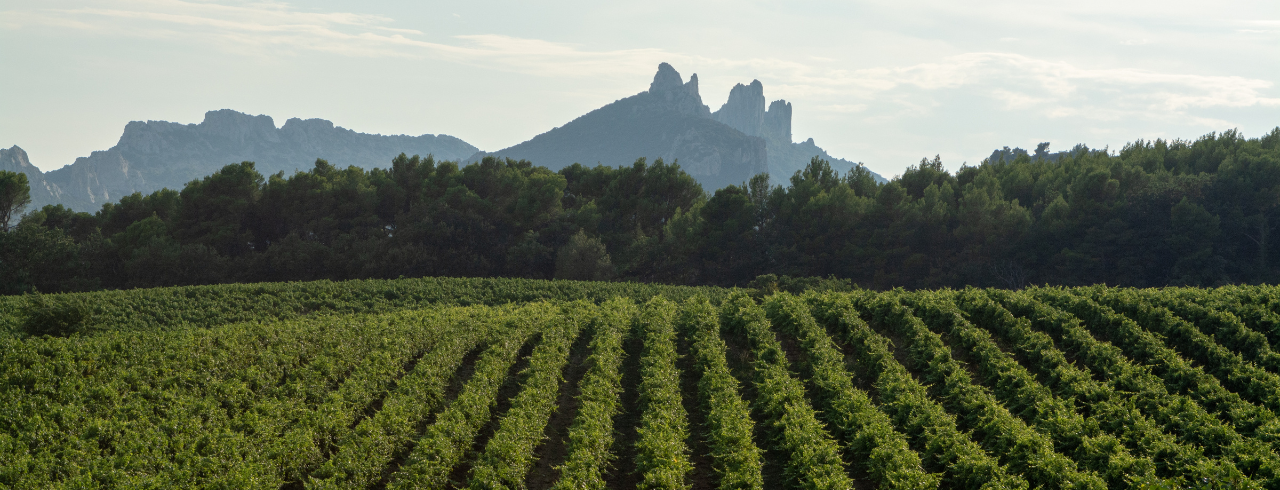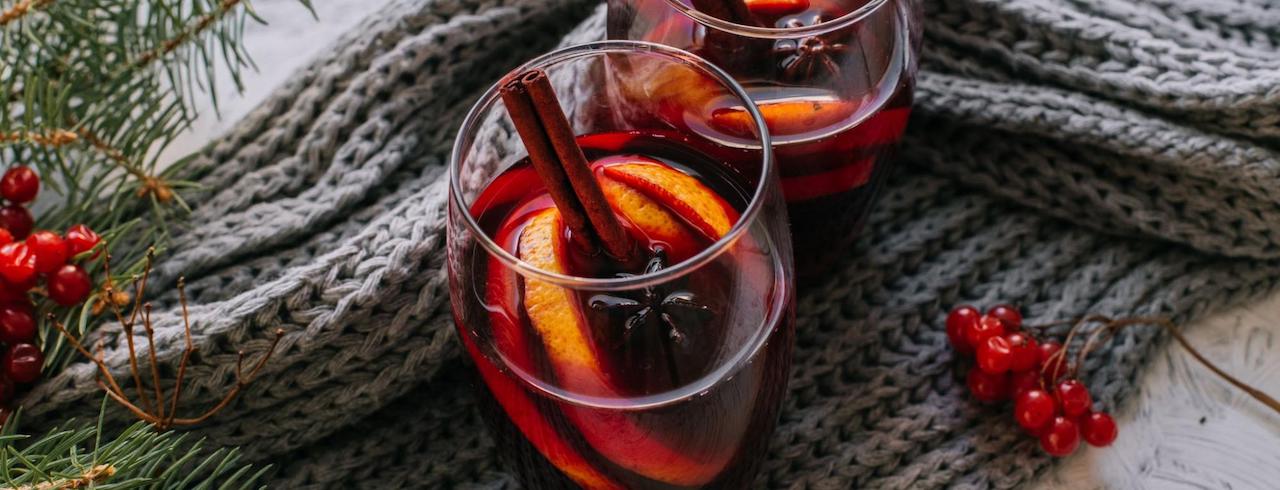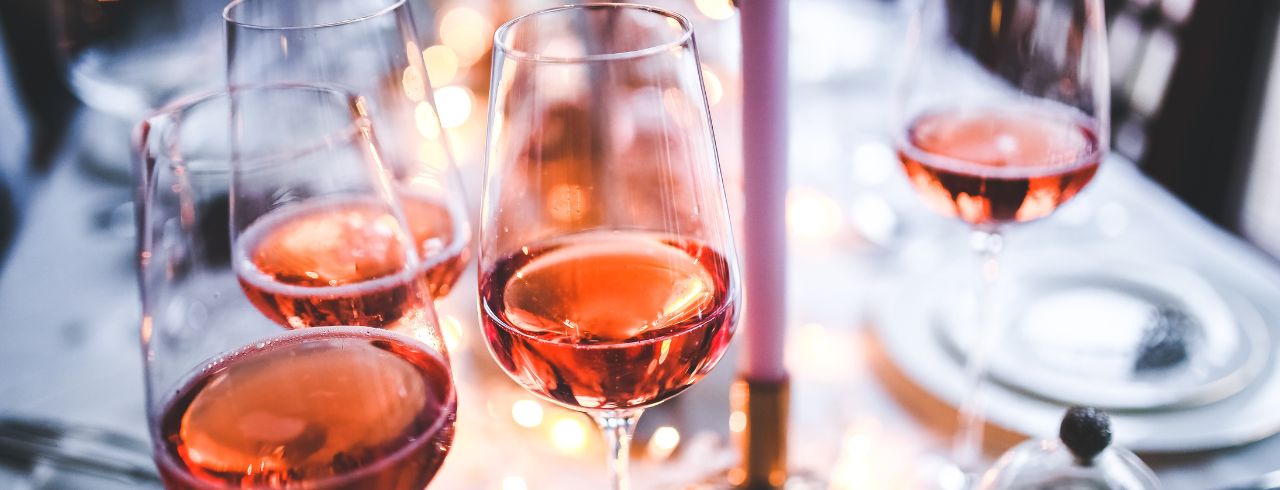
What You Need to Know About Aged Wine
Some wine lovers think that the older a wine is, the better it tastes. Not so fast!
While some wines improve with age, others might not be suitable for aging.
The truth is most quality wines, like full-bodied red wines, can keep for up to five years. But there are a lot of exceptions to this rule.
So what types of wine are suitable for aging, and what exactly happens to wine during the process?

What Type Of Wine Is Considered Age Worthy?
Sorry to say that your favorite grocery store Moscato won't be a contender in this category.
Wines that age the best tend to contain high acidity, low tannin, low or well-balanced alcohol, and complexity. Darker, more robust red wines like Merlot, Cabernet Sauvignon, and Port tend to age well.
These wines can even improve in taste because aging brings out more tertiary notes like smoke and oak.
Pinot Noir can also be aged, but it might not keep as well as the heavier reds due to its lighter content.
What About White Wine?
There aren't too many white wines that are popular for aging but don't count out a quality Chardonnay or Riesling just yet. Due to its high acids and low tannins, Chardonnay is a strong contender for an aged lighter wine. A well-made Riesling is also a strong choice for this process due to its high acidity.
What Happens To Wine As It Ages?
To age wine means to store it for an extended period. This allows the wine to oxidize as its alcohol, acid, and sugar combine and react. As wine oxidizes during maturation, the flavors become smoother and more balanced.
The result is a more complex wine with more robust tertiary notes. These are the notes that have been hiding underneath the lighter primary notes of your wine!
An example would be the softer, more aromatic notes of citrus and floral, whereas smokey, more robust notes would be part of the tertiary makeup. The aging process also adds phenolic compounds, giving a more vanilla aroma to the wine.
In general, red wines tend to become lighter, taking on a rust or orange color, while white wines take on a darker, more concentrated appearance.
What About Barrel Wine?
Barrel aging is the step before a wine is bottled. After fermenting wine, it's stored in an oak or steel barrel, allowing the flavors to develop before being bottled and sold. During fermentation, winemakers might add distilled spirits to create a fortified wine. This could make the wine taste a little sweeter due to the additional sugars.
Below are the three common types of barrel aging:
Barrel Aged Wine
Barrel aging is the most common practice for age-worthy red wines and Chardonnay. Oak barrels bring out richer, denser flavors by adding oxygen, strengthening the tannins, and leveling the acid as the wine matures.
Bourbon Barrel Aged Wine
While regular barrel aging involves much older oak barrels, this process involves keeping the wine in newly charred oak barrels. Some wine collectors believe this makes the wine taste more consistent than regular barrel aging, perfectly balancing acid and tannins.
Stainless Steel Barrel Aging
Stainless steel barrels are often used for wines with lighter, less intense flavors, such as age-worthy white wines. This method truly allows those citrus and fruit notes to breathe and accumulate!
Best Conditions For Aging Wine
It isn't enough to set a wine bottle on the counter and hope for the best, no! Wine needs a proper environment to thrive as it matures. This means consistency with the right conditions.
Proper Wine Storage Temperatures
When aging wine, it's essential to have a cool, dark area with a consistent temperature. Be sure to keep the wine at around 55°F-59°F. Never let the storage temperature fall under 25 °F or above 68 °F. The humidity should be between 60 and 68%, which will keep the wine cork from drying out.
Wine Cellar
Preferably, a wine cellar or a refrigerator within the ideal temperature range will be the best place to store your wine for aging. We can't stress enough how important it is to ensure the wine remains in a dark and damp environment away from the sun. Ultraviolet light will degrade the wine and cause it to age too quickly.
Best Wine Bottles For Aging
When keeping an aging wine in a bottle, you must leave it on its side. This will allow the wine to keep the cork moist, allowing for proper oxidation. This is why aging wine in a bottle is optimal, as the long neck allows for stable breathability.
If you choose to go with a screw cap, this can potentially work with wines that aren't meant for long-term aging, like white wines. It will also ensure that your wine is not subject to cork taint. However, screw caps won't allow any new oxygen into the bottle, which isn't ideal for longer-term aging. Your wine needs at least a little air!
Wine Decanter
After your wine has been cooped up in a bottle for several years, it will need some time to breathe. A wine decanter is a glass vessel used for the aeration of old wine. When aged wine is gently exposed to oxygen, its flavors and tannins will be balanced. Decanters are also great for separating the sediment that can develop within the bottle over time.
What Does Aged Wine Taste Like?
As the acidity and tannins in a mature wine soften, the spices and fruit notes come to life, bringing out a smoother, earthier taste. It may even produce a flavor much like coffee or vanilla. When the phenolic compounds drop out in the sediment over time, these flavors rise to the surface. Get ready for a silky, fruity texture and prominent oak notes with a well-aged wine!
Happy Tasting!
Now that you're familiar with wine aging, we wish you happy storing! Or tasting, whichever part of the process you're in.
Don't forget to check out the Insiders Blog and shop our customers' favorite wines. You might find your new favorite!
